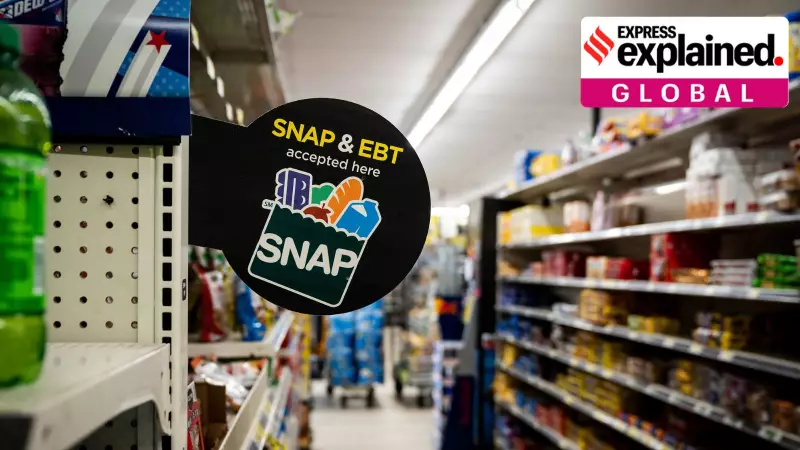
Millions of financially vulnerable Americans are bracing for a harsh reality as critical food assistance programs face significant reductions starting November 1st. The impending cuts to Supplemental Nutrition Assistance Program (SNAP) benefits threaten to deepen the hunger crisis across the United States.
What's Changing in Food Stamp Benefits?
The upcoming modifications to the SNAP program represent one of the most substantial reductions in food assistance in recent years. Families that have relied on these benefits to put meals on the table now face difficult choices between essential expenses and adequate nutrition.
Who Will Be Most Affected?
The benefit reductions will disproportionately impact:
- Low-income families with children
- Senior citizens on fixed incomes
- Individuals with disabilities
- Working poor households
The Political Landscape Behind the Cuts
The decision to scale back food stamp benefits has sparked intense debate in Washington. Proponents argue for fiscal responsibility and program efficiency, while opponents warn of devastating consequences for the nation's most vulnerable populations.
Advocacy groups and food banks are preparing for increased demand as families struggle to compensate for the lost assistance. Many organizations are expanding their operations in anticipation of what they describe as an impending "hunger cliff."
Long-term Implications for Food Security
Nutrition experts express concern that reduced access to adequate food could lead to:
- Increased childhood hunger and development issues
- Higher healthcare costs due to nutrition-related illnesses
- Greater strain on emergency food assistance networks
- Compromised academic performance among affected children
As the November 1st implementation date approaches, community organizations are scrambling to provide resources and guidance to those facing benefit reductions. The situation highlights the ongoing challenge of balancing budgetary concerns with the basic needs of America's most economically disadvantaged citizens.





